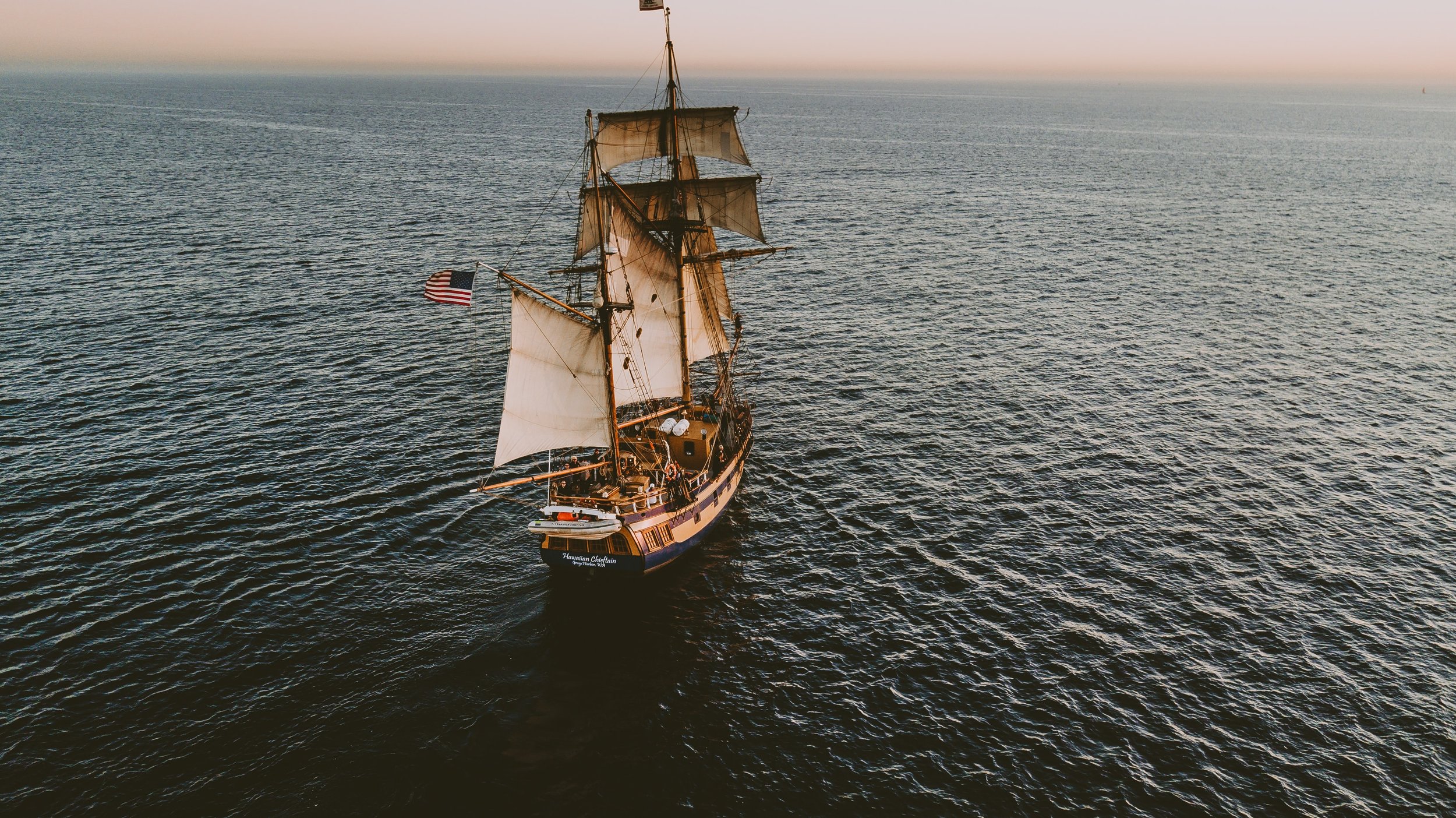The History of Pirates in Florida
Image courtesy of Austin Neill via Unsplash
How Piracy Impacted Florida
For hundreds of years, pirates have been the focus of many works of fiction. But, did you know these dramatizations are often based on real pirates? Pirates like Captain Kidd and Blackbeard actually existed centuries ago. Florida even has its own history of pirates who tried to attack Spanish vessels to steal goods onboard. Well-known pirates like Sir Francis Drake, Robert Searles, and Harry Jennings were among the first pirates to leave a mark on Florida’s history.
Sir Francis Drake
Sir Francis Drake was one of the most famous pirates of his time and was rumored to use his navigational skills to sail around the world. Around 1586, when Drake was returning to England on the gulfstream current, he stopped at a small outpost in Florida near what is known as Anastasia Island today. Drake attacked this military outpost, destroying their fort, stealing soldiers’ money and other supplies, and burning buildings. St. Augustine was destroyed by the time Drake fled the area. His destruction earned him the title of “Sea Dragon.”
Robert Searles
English pirate Robert Searles is also known for the destruction he caused near St. Augustine. Searles and his crew captured a ship off the coast of Cuba that was headed to St. Augustine to deliver flour. Searles used this stolen ship as a way of sneaking into St. Augustine’s harbor, and he instructed his crew to wait until midnight to begin their attack on the unsuspecting city.
The Spanish soldiers stationed in St. Augustine were not able to put up much of a fight against Searle and his fellow pirate crew. Over 60 citizens were killed, which at the time was about a quarter of the city’s population. Many people were taken captive or held as hostages for a high ransom price. During this attack, the city was not destroyed. However, this left many people on high alert as they suspected the pirates would be back for a second attack.
The aftermath of this attack affected Spain’s trade route from Cuba to Europe. Florida was a huge part of this route, which led to the decision to build the coquina fort that still stands today, the Castillo de San Marcos. This fort was constructed in 1565 and is now one of the oldest forts in North America. After the fort was built, the city was never overtaken by pirates again.
Henry Jennings
In 1716, pirate Henry Jennings heard rumors of a fleet of ships carrying Spanish treasures sailing from Cuba. The ships crashed in a hurricane near Port St. Lucie, spreading jewels, gold, and silver throughout the shallow waters to Melbourne Beach. Jennings and his crew left on his ship from Jamaica and arrived in Florida to find the Spanish shipwreck survivors attempting to save what they could of the treasure. Jennings led the attack, which resulted in the Spanish losing a significant amount of their treasure.
This began what became known as the Golden Age of Piracy, when pirates like Blackbeard and Calico Jack became prominent threats. In 1717, the English government decided to take action against pirates in the Caribbean by declaring a royal proclamation. Any pirate who signed the proclamation was pardoned and retired. Today, we can learn about pirates through shipwrecks and museums like the Pirate Museum in St. Augustine.
Stop by any of Timoti’s Seafood Shak’s three locations to enjoy fresh, wild-caught seafood, cocktails, and homemade desserts!
